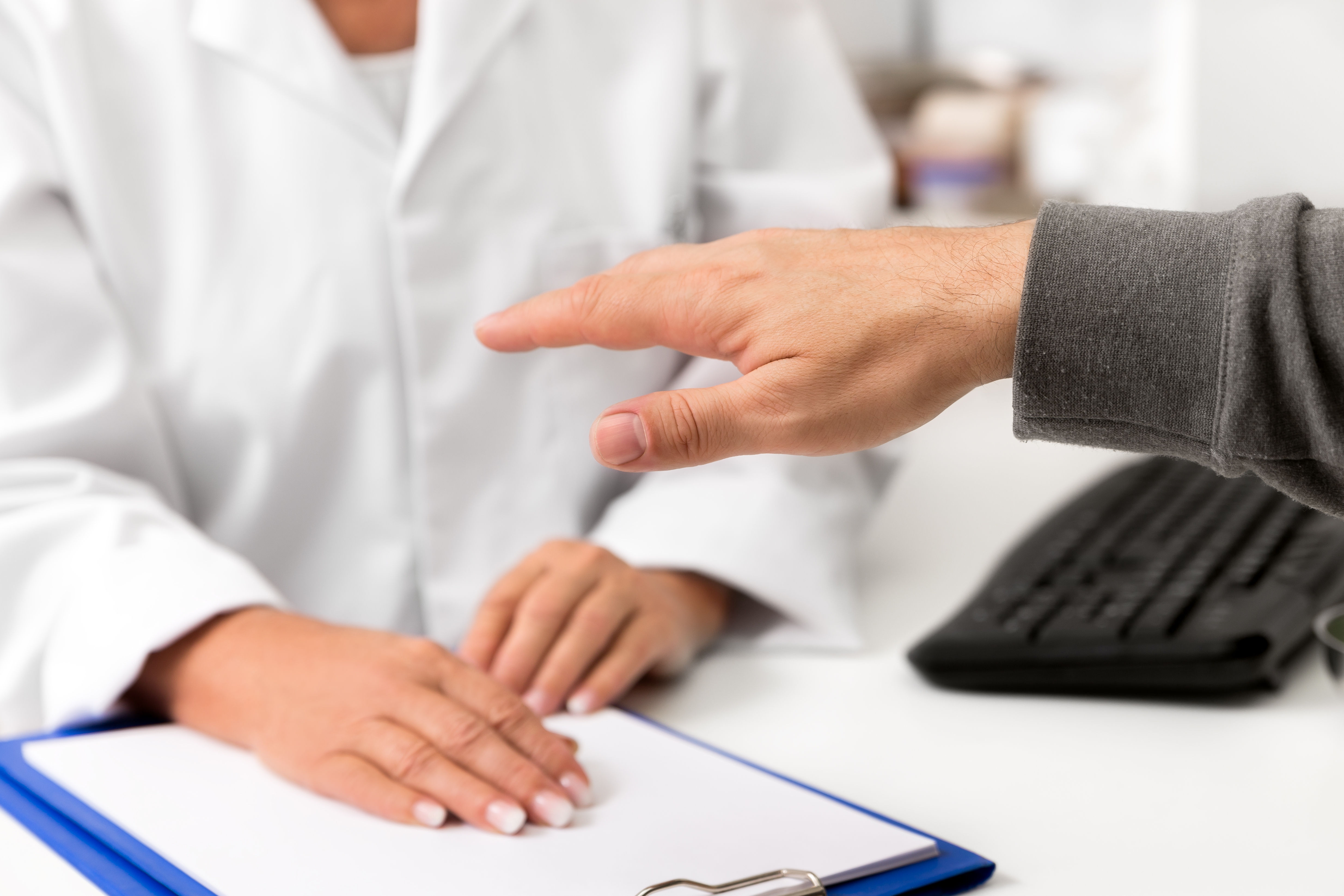The postural tremor happens when a person believes a certain position that is opposed to gravity, such as holding the arm and stretching it.
Tremor is a contraction that leads to rhythmic movements in one or more parts of the body. It is a common disorder that often affects the hands but can also occur in the arms, head, vocal cords, torso, and legs. Tremors may be periodic (occurring at separate times, or with breaks) or constant. They can occur on their own or may happen as a result of another cause. They can occur at any age but are mostly seen in middle-aged and older people.


